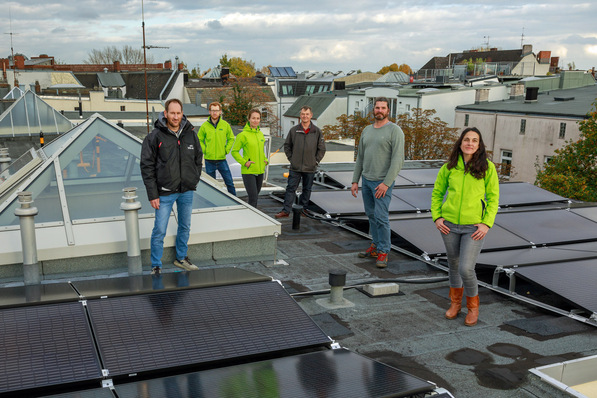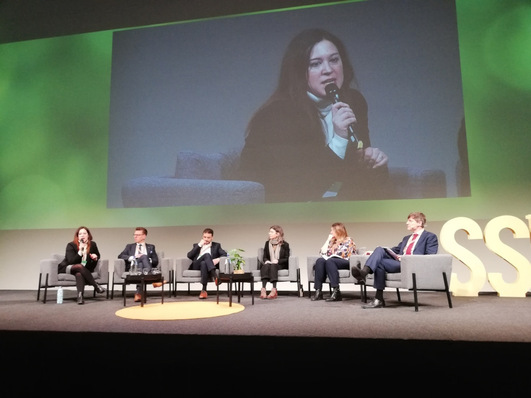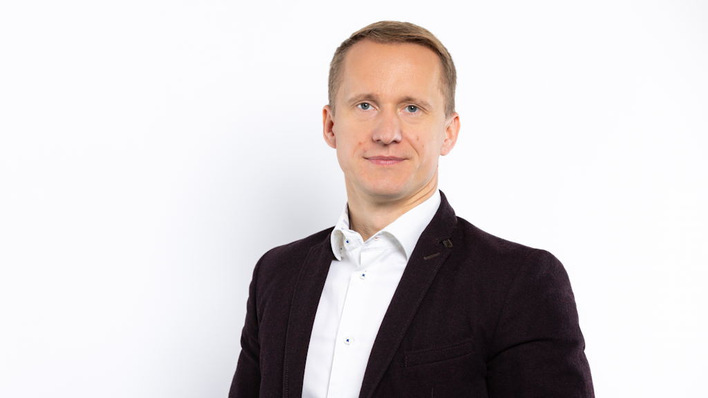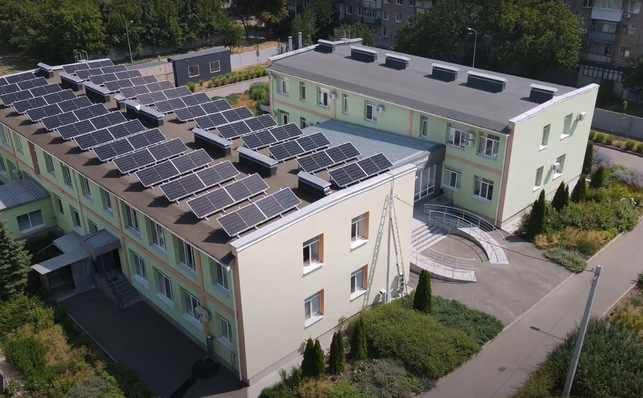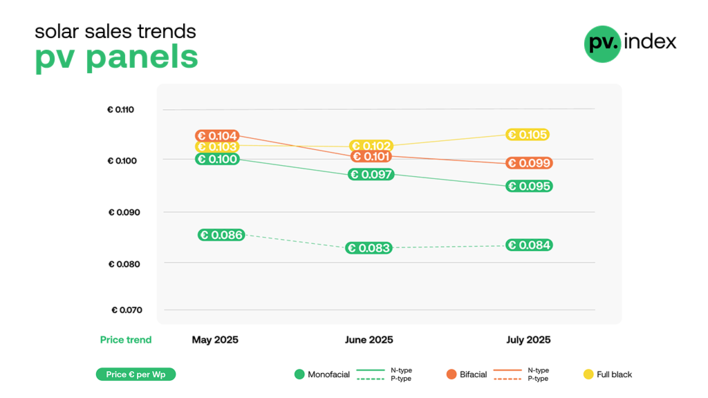Historically, the absence of substantial subsidies for photovoltaics in Germany has been a critical concern. Cuts imposed by the conservative and economically liberal federal administration during the 2010s notably exacerbated this issue, leading to an inadequate availability of key components and causing supply hiccups. The current discourse primarily revolves around component dependencies. However, in the face of an escalating climate crisis and ambitious renewable energy goals, we should shift our perspective towards the abundant opportunities that could drive a swift revival of Germany's solar industry.
Escalating demand
The German government's Renewable Energy Act (Erneuerbare-Energien-Gesetz, EEG) envisions doubling the proportion of solar power by 2030, with a goal of achieving four million solar installations by 2024. However, the country seems ill-equipped to manage such a surge in demand, given recent debates.
Per the Federal Statistical Office, a staggering 87 percent of PV systems imported into Germany, worth approximately 3.6 billion Euros, originate from China. Despite a 44 percent increase in the domestic production of solar modules for PV systems over the last year, Germany still faces a significant supply-demand gap that needs to be bridged to realize the government's renewable energy goals.
The path forward: collaboration
The potential benefits of collaborating with China's renewable energy trailblazers are evident: address the existing hardware shortages in Europe's PV market and exploit mutual benefits. Cross-national and cross-continental cooperation is imperative to combat the global climate crisis effectively.
Subscribe now to our new monthly special newsletter for investors
To illustrate, in 2022, German and European inverter specialists faced delivery constraints and fiscal shortfalls, while the market demand for inverters remained high. Possible strategies include enhancing product availability by swiftly bolstering Europe's, and particularly Germany's, PV industry. Additionally, leveraging international capabilities and existing components could help develop more efficient, advanced devices that yield higher outputs, facilitate greater interconnectivity of solar modules, and even diminish installation costs and the LCOE (Levelized Cost of Electricity) for system owners. Thus, incorporating international inverters into German PV systems presents a mutually beneficial scenario for all stakeholders.
Did you miss that? Solar panel prices in free fall
A few corporations have already initiated talks with international PV manufacturers to streamline logistics within Germany and Europe. With an increased module availability and intelligent demand forecasting, supply chain diversification can be achieved. As a case in point, Hopewind has already established subsidiaries in the Netherlands and Turkey, equipped with local teams to offer a professional, responsive, and localized service to the European market. Our future plans include setting up more such centers, replete with warehouses that offer efficient logistics services and maintain a sizable inventory of products for solar projects. Besides infrastructural advantages, these centers will also generate regional employment opportunities.
Towards a sustainable future
Foreign manufacturers play a pivotal role in Germany's solar expansion strategy. With the climate crisis looming large, it's time for swift, collective action. International conglomerates can aid in bridging the existing supply gaps in solar systems and components, thereby catalyzing the global energy transition. (Jeremy Powell/hcn)




